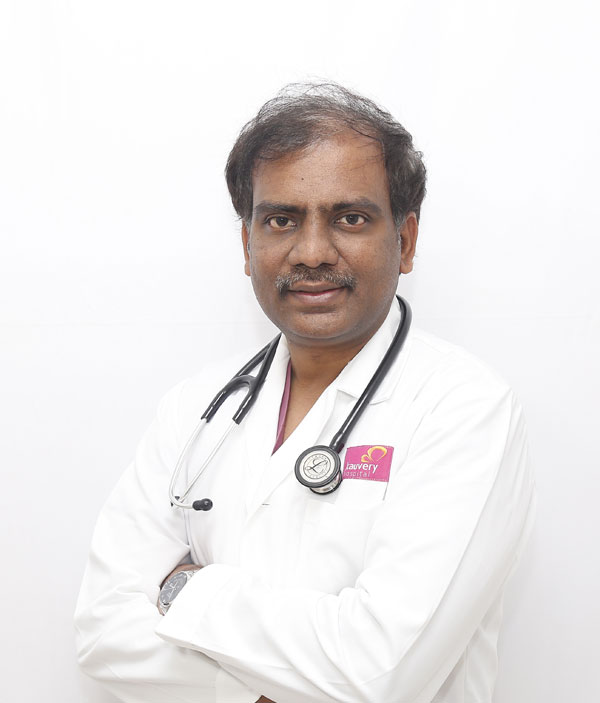A Review and Analysis of Evolution of Coronary Artery Disease in Indians in the last 100 Years
Introduction
India, as one of the largest countries has seen major changes in its economy, lifestyle, and health sector in the last few decades. These changes have brought about an increase in an upward trend in cardiovascular diseases and will continue to increase in the coming decades. This article aims to give a timely review of the alarming trend of increasing cardiovascular disease in the country. Also provides an insight over the assessment of risk factors, about health care resources and expenditures.

Cardiovascular diseases mortality
Cardiovascular diseases are the leading cause of death in India. About 28.1% of deaths are due to cardiovascular disease. Total disability-adjusted life-years (DALYs) approximates to 14.1%.
Both Ischemic Heart Disease and stroke are on the increasing trend. On the other hand the prevalence of rheumatic heart disease has seen a decreasing trend.
The death rate was higher among the people less than 70 years of age.
In India the risk factors which have contributed to cardiovascular disease are hypertension (54.6%), Dietary factors (56.4%), air pollution (31.1%), Dyslipidemia (29.4%), Tobacco use (18.9%), Diabetes (16.7%), obesity (14.7%). The effects of the risk factors are cumulative and also most of the risk factors overlap. The prevalence of risk factors such as hypertension, Diabetes, Dyslipidemia is generally increased across all states from 1990 to 2016.
Risk factors of CVD
Hypertension
Hypertension is one of the important risk factor for cardiovascular disease and a common non communicable disease.
Roughly 230 million people have hypertension. The alarming factor is that it has upward trend in younger population. Based on the data available it is estimated that the prevalence of hypertension in India among younger age groups is about 14.5% which was around 3.5% three decades before. The recent national survey on prevalence of hypertension in younger individuals showed that 21% of adults aged more than 18 have hypertension. The prevalence of hypertension in India from 1990 to 2017 has increased from 16.7% to 32%.
The major risk factors for hypertension in India includes
- Family history of Hypertension
- High sodium intake
- Low potassium diet
- Obesity
- Mental stress
- Sedentary habits
- High alcohol consumption
Although data regarding prevalence of hypertension among juveniles and children are lacking, we can see some increased prevalence of hypertension among them based on case reports and small studies. Overweight/obesity, glucose-lipid metabolism abnormalities, family history of hypertension, low birth weight (< 2.6 kg), and sleep deprivation are risk factors for hypertension in children and adolescents. A birth weight greater than or equal to 4 kg, poor nutrition in the prenatal and early postnatal periods, suffering from famine at an early stage, and childhood sensitivity to salt are risk factors for developing hypertension in early adulthood. Children with hypertension were more likely to develop adult hypertension and cardiac remodelling, compared with those who had normal baseline blood pressures. The risk of developing cardiac and renal damage among people who had continuously elevated blood pressure from childhood to adulthood was three times that of people with normal blood pressures.
Smoking
In India, nearly 108 million are male smokers as per the data in 2015. They were aged between 15 to 69 years. The increase is particularly seen in men of age group 15 to 29 years and among illiterate men. Also rapid phase of industrialization has also contributed to the increase in consumption of tobacco products.Data regarding female smokers are varied.
The total number of deaths attributable to tobacco was 120 million and on continuous rise.
India is supposed to be one of the countries with high male smoking rates in the world. Further it is estimated that about 600 million non smokers are exposed to second hand smoking.
The study on smoking and its association of diseases shows smoking is the cause of death of about 20% of males and 1.1% among females.
Dyslipidemia
India is now on the era of rapid epidemiological transition in terms of economy, population growth, and aging population and associated risk factors. Smoking and tobacco use, westernization of lifestyle, change in dietary habits and sedentary lifestyle are all associated with dyslipidemia and heart disease. These trends are also applicable to rural India where the burden of cardiovascular disease is increasing alarmingly.
Diabetes
India is considered to be a country with the highest diabetic population. The prevalence of diabetes has been on the increasing trend since last few decades. Among the diabetic populated states, Tamil Nadu, Kerala and Delhi tops and followed by Punjab, Goa and Karnataka. The common risk factors for development of diabetes are overweight, dietary habits and sedentary life style apart from family history of diabetes. Among the ethnic groups Asian Indians have the highest incidence of diabetes. According to the study by International Diabetes Federation 73 million people are diabetic in India in 2017.
Overweight and obesity
Over the past three decades the prevalence of obesity in adults as well as in children has been increasing exponentially. Encouraging children to have junk food and internet addiction has played a major role for this risk factor
Physical inactivity
Easy access of most of the consumer goods from home and most of the sedentary jobs with the increasing culture of non socialising lifestyle has all influenced this risk factor.
Diet and nutrition
Dietary pattern over time has been changing11. The dietary pattern contains high share of sugars, trans fatty acids. Obesity, hypertension, diabetes mellitus, dyslipidemia are strongly associated with dietary factors12. Presence of snacks in most of the diet is a less favourable factor. Snacks which are available in India have high fat, salt and trans fatty acids. Lot of snacks is in fried forms which is also less favourable. On the other hand traditional foods rich in vegetables and fruits are still favourable and associated with less cholesterol and less incidence of non-communicable disease.
Coronary heart disease
The mortality rate of AMI (Acute Myocardial Infarction) has increased in the past 3 decades. Mortality in urban areas is more than the rural areas. Symptom onset is very common. Average time taken for door to PCI stands at 170 minutes and door to thrombolysis stands at 135 minutes.
Hospitalization expenses of CVD
Hospitalization expenses have seen major changes in the last 3 decades. There has been an increase of 31% of overall expenses for treatment for acute myocardial infarction and its related complications since 1990. Additionally insurance coverage from both government and private insurance companies has increased phenomenally since three decades.
Conclusion
Research data are lacking in the field of non-communicable disease in the past decades. More research and methodologies and national registries are needed. In the era of increase in non-communicable disease, guidelines specific to Indian population are needed to tackle the menace of non-communicable disease.

Dr. Sundar Chidambaram
M.B.B.S., M.D.(General Medicine), D.N.B.(General Medicine), D.M.(Cardiology)
Consultant Interventional Cardiologist and Endo Vascular Specialist
Kauvery Hospital, Chennai

